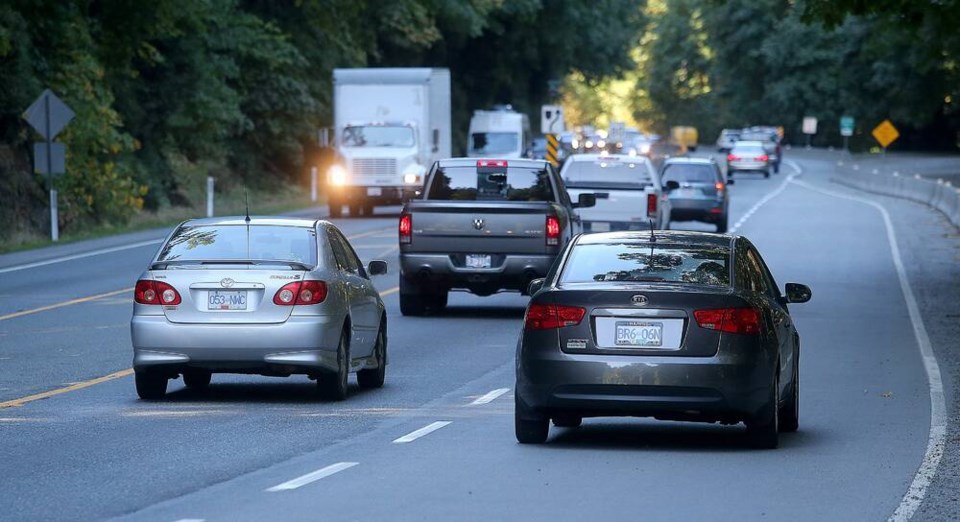The recent commentary, “Malahat solution will take more than buses,” by Island Corridor Foundation CEO Larry Stevenson, criticized the Nov. 27 column by Alastair Craighead and me, “A Malahat Solution: Frequent, low-cost bus service.”
Stevenson implied that by recommending frequent and affordable bus service, we are anti-rail. That is untrue; we support the most cost-effective and beneficial mobility options.
Rail might be justified in the future but shouldn’t delay the establishment of Nanaimo-to-Victoria bus service comparable in frequency and fares to what currently exists between Sooke and Victoria.
Research described in my report, Smart Congestion Relief, indicates that high quality bus or rail transit can significantly reduce traffic problems. Congestion does not disappear, but is much lower than would otherwise occur.
Stevenson misquoted me on this issue. He said that I wrote “a rail line that offers fast and convenient transit services will attract some commuters out of their cars,” but I actually wrote, “a rail line or bus lane.” Buses reduce traffic problems too!
Stevenson argues that growing traffic congestion will cause Mill Bay to Victoria bus trips to take two and a half hours. This is very unlikely.
That estimate was a worst-case prediction in the recent South Island Transportation Strategy (SITS), which assumed that traffic will grow rapidly in the future.
However, Malahat highway traffic volumes have been virtually flat for a decade. This is now common.
Transportation professionals call this “peak car,” which recognizes that current demographic and economic trends (aging population, urbanization, new technologies, and increased health and environmental concerns) are reducing vehicle traffic growth and increasing demand for alternatives. Automobile traffic will not disappear, but given better options many people will drive less and rely more on walking, bicycling, transit and telework.
Stevenson said that rail transit would cost under $400 million, less than half the SITS’s estimate. Although this is cheaper than a new highway or bridge, it is costly per trip, and there are reasons to be skeptical of this low estimate.
Major infrastructure projects often cost much more than predicted, particularly now that they must withstand new climate change risks such as heat and flooding, and Stevenson’s estimate ignores future operating expenses.
Any rail transit that we develop will require frequent and affordable bus service. The SITS proposes one or two daily trains that depart Courtenay early each morning, arrive in Vic West three hours later, and return late afternoon, carrying up to 1,420 daily passengers.
This would be nice for some trips but could only address a portion of mobility needs. It would carry less than five per cent of total Malahat travellers, far less than required to achieve CleanBC targets; would not serve reverse-commute or off-peak travel; and would require transfers to most destinations. Bus transit is needed to fill those gaps.
Let’s establish frequent and affordable bus service between Victoria and Nanaimo now in order to build transit ridership and support any rail service that develops in the future.



